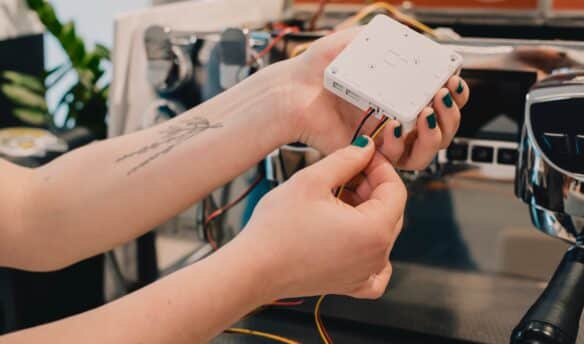[T]he Food Safety Modernization Act (FSMA) seeks to mitigate risk to human health caused by adulteration of food during processing. Signed in 2011 by President Obama, the act requires documentation of risk-reducing strategies by food processors—including coffee roasters—ultimately designed to prevent food contamination through new rules for preventive controls, foreign supplier verification, sanitary transportation, food defense, and renewed FDA enforcement authority. For some roasteries, compliance is simply a matter of ensuring proper documentation of safety precautions and quality assurance testing already in place; for others, more extensive measures are required to become compliant. The FSMA went into effect in May 2017.
Why is it important for roasters to be FSMA compliant
Noncompliance with the FSMA guidelines can result in revoked facility registrations, fines, product recalls, and denial of import permits. Non-compliance may also be indicative of weak processes, and indicate the need for more thorough review of basic manufacturing practices.
What are the potential hazards for green coffee?
Potential hazards for green coffee can occur from microbiological hazards, chemical hazards from pesticide residues, the incorporation of foreign matter, exposure to allergens, and contamination from packaging. All these hazards can have negative effects on human health, but can be mitigated by improved practices throughout the production chain.
What can roasters do to become FSMA compliant?
Evaluate hazards: Conduct an assessment to identify areas of vulnerability and actionable process steps. For roasters, this can be done largely through literature studies and a review of supply chain transactions.
Create preventive controls: Mitigation strategies should be identified and implemented at each actionable process step to assure minimization or prevention of vulnerabilities.
Validate preventive controls: Validate that preventive controls work, through literature studies or lab tests (importer may be able to provide these).
Monitor preventive controls: Monitor data on preventive controls through lab testing; check that hazards are eliminated through preventive controls.
Verify if preventive control is effective: Verify on a yearly basis if preventive controls are effective or require corrective action.
Where is a good starting point?
Before jumping into FSMA documentation, start with an assessment of your general manufacturing practices (in jargon-y terms, a gap analysis). This process will help you assess the areas of your business that are foundational to a hazard prevention plan—hygiene, structural elements, etc. A gap analysis can then serve as a launch point to build your HACCP plan (hazard analysis and critical control points). These steps are good for hashing out your internal processes and paving the way for future scaling. They also put you well on your way to being FSMA compliant.
Can I prepare my own paperwork?
FSMA plans should be prepared by a trained Preventive Controls Lead Instructor, or PCQI. This certification can be obtained through FDA-certified training, usually in a two-day course.
Take-home message: If it’s not documented, it didn’t happen. Start with simple steps that can easily be evaluated for efficacy, then build from there.















